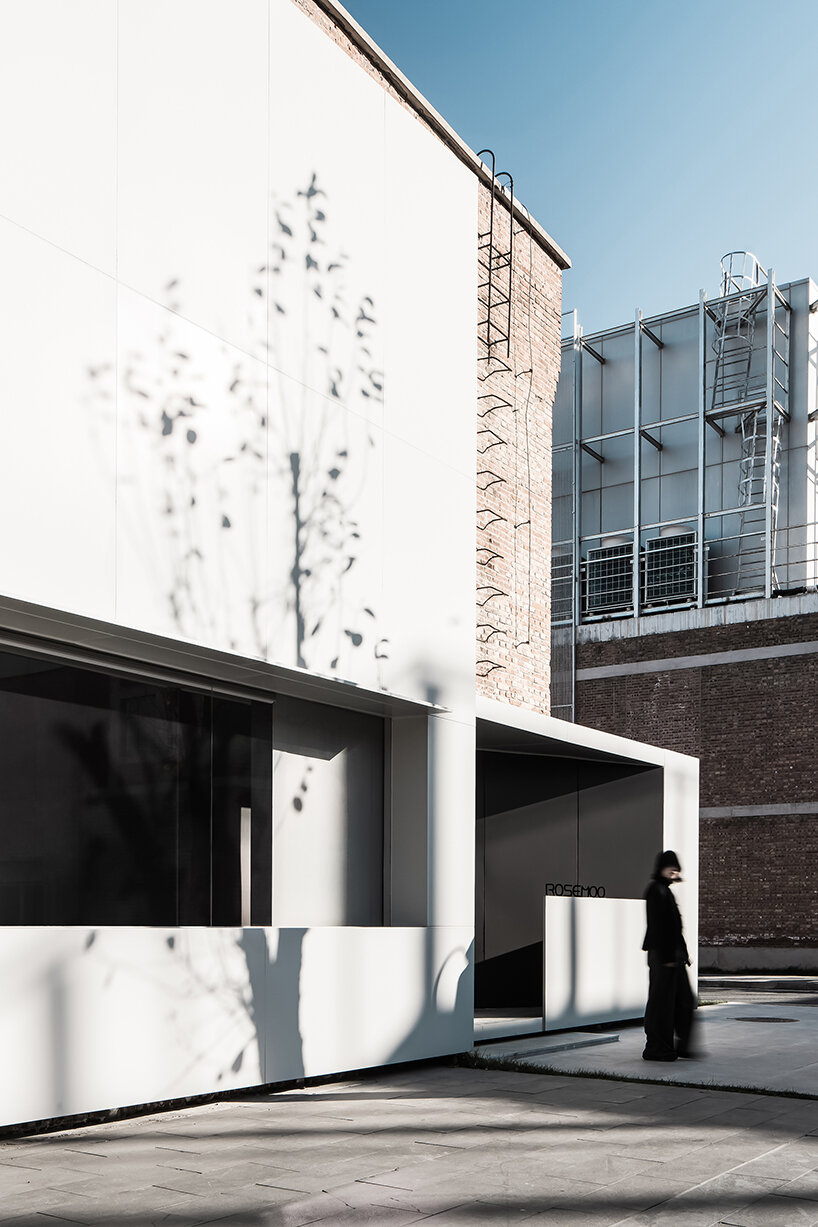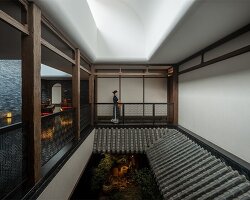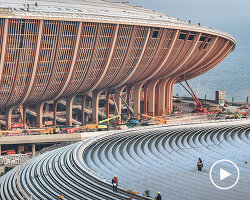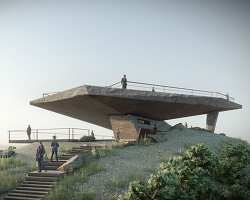
through sculptural handling, the design incorporates the brand’s identity while serving the needs of the headquarters

cylindrical volumes vertically inserted into the box, shape the interior walls
KEEP UP WITH OUR DAILY AND WEEKLY NEWSLETTERS
from car wheels to the speedometers and gauges, our list explores the automobile aesthetics that appear in modern watches.
connections: +410
discover our guide to milan design week 2025, the week in the calendar where the design world converges on the italian city.
connections: 7
designed to address climate change, soil degradation, and water scarcity, the system saves up space with a vertical setup.
connections: +1100
from the sterile corridors of the severed floor to the curated domestic spaces outside its walls, every element serves a purpose.









































